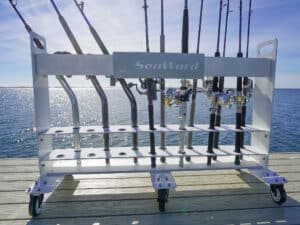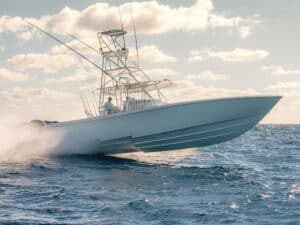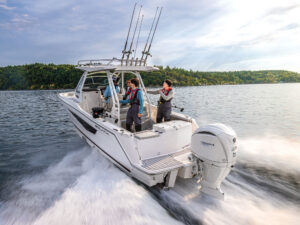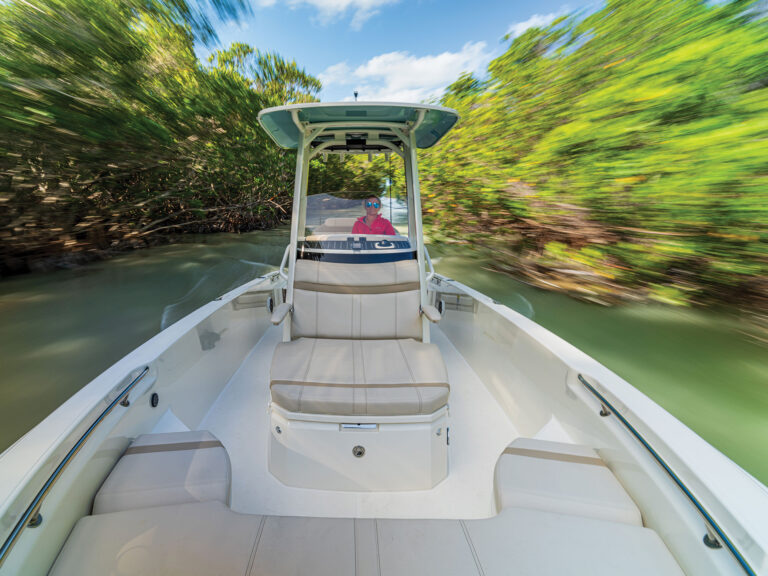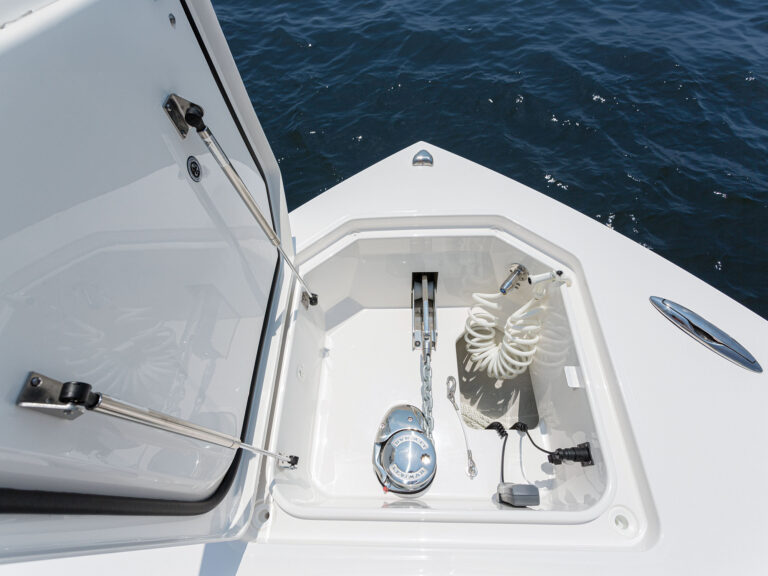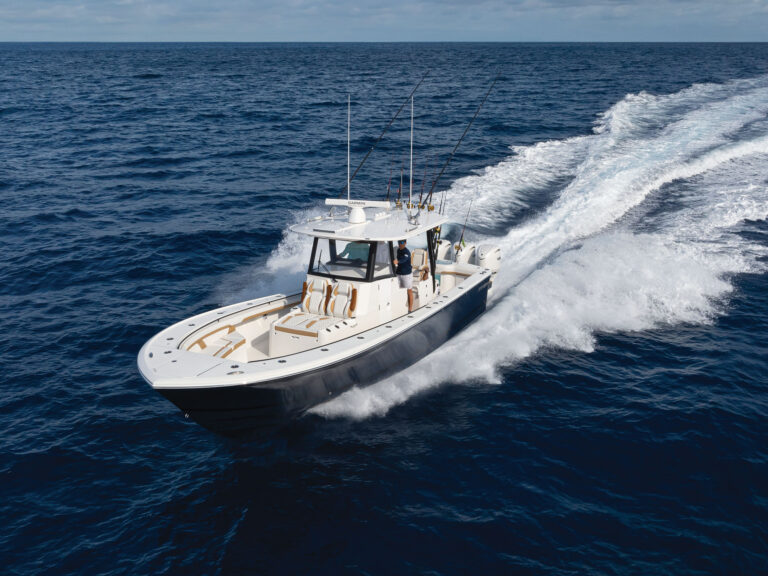
During the infancy of my offshore trolling, I was rigging ballyhoo modified-headboat-style: that is, a dual O’Shaughnessy hook with the point of the second hook inverted back into the bait. Even if a fish breathed on the bait, I just had to catch it.
Enter time on the water and evolution. Those dual-hook trolling ballyhoo rigs on single-strand wire leaders scored plenty of king, Spanish and cero mackerels, along with some dolphin and the occasional wahoo, but the action was on par with a pencil: stick-straight and boring. Nonetheless, the rig remains popular for foiling short-strikers, or fish that sever a bait and then circle back for its remains.
There are numerous ways to rig ballyhoo for hooking specific game fish. Here’s a selection of fine-tuned hook and rigging configurations for trolling ballyhoo, each tailored to specific situations and particular species. Below, how to rig a ballyhoo for trolling.
Traditional Ballyhoo Rig with O’Shaughnessy Hook
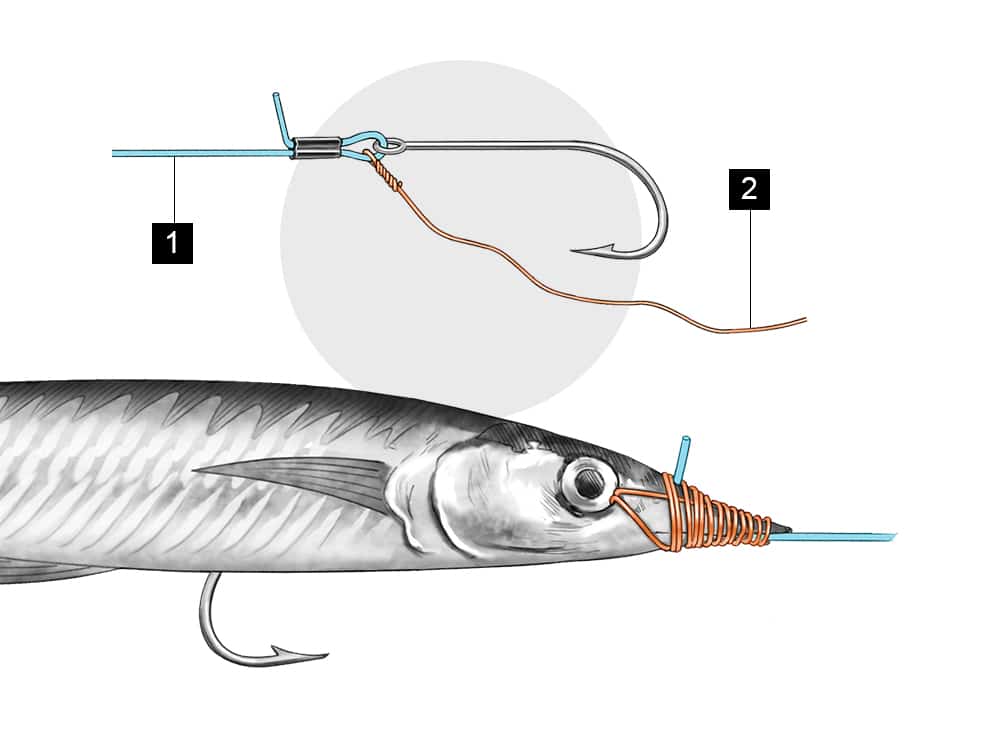
This rig, either on mono, fluorocarbon or single-strand wire, represents the standard “go-to” ballyhoo trolling rig. It elicits exceptional action from the ballyhoo, especially when it is limbered up by breaking the backbone, and is well-suited for fish that engulf the entire bait, such as tuna, billfish and dolphin. The long-shank hook also offers some chance of success with wahoo; but if this species is your primary target, opt for single-strand wire instead of mono or fluorocarbon leader. If you want to learn how to rig ballyhoo, start with this technique.
How It’s Done
- Thread the sleeve first and then the hook onto the leader. Crimp the hook to the leader, leaving a short section of tag end.
- Attach monel or copper rigging wire to the loop before the hook. Thread the limber ballyhoo onto the hook. Force the tag end of the leader through the bill of the ballyhoo, making sure it’s exposed at top.
- Then, start wrapping the rigging wire around the snout, protruding leader, and even a couple wraps through the eye socket. Don’t forget to break off the bill.
Circle Hook and Swivel Ballyhoo Rig
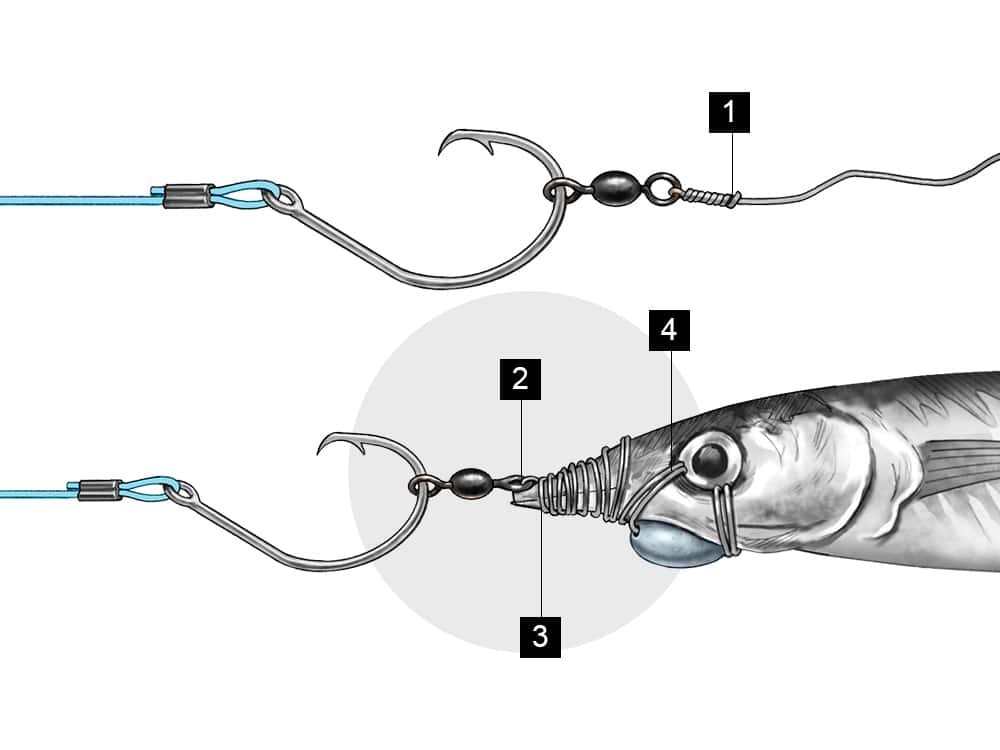
When targeting billfish, in-line circle hooks are the best ballyhoo rigging technique to use. They’re less prone to hooking fish deeply and won’t pull free often. Placing the hook ahead of the bait provides a freedom that vastly improves the ballyhoo’s action. It’s critical to use monel wire, not copper, when assembling this rig, for the stiffness and durability required to resist water pressure and keep the rig intact. Avoid offset circle hooks, which don’t track as straight and can hook fish deeply.
How It’s Done
- Crimp a circle hook to the leader. Add a swivel to the circle hook. Then thread monel rigging wire to the other end of the swivel by wrapping the wire back on itself.
- Break off bill and pierce base with wire to seat swivel eye.
- Begin by wrapping wire back on the ballyhoo.
- Run wire through a sinker and wrap through eye socket to secure.
Circle Hook and Skirt Ballyhoo Rig
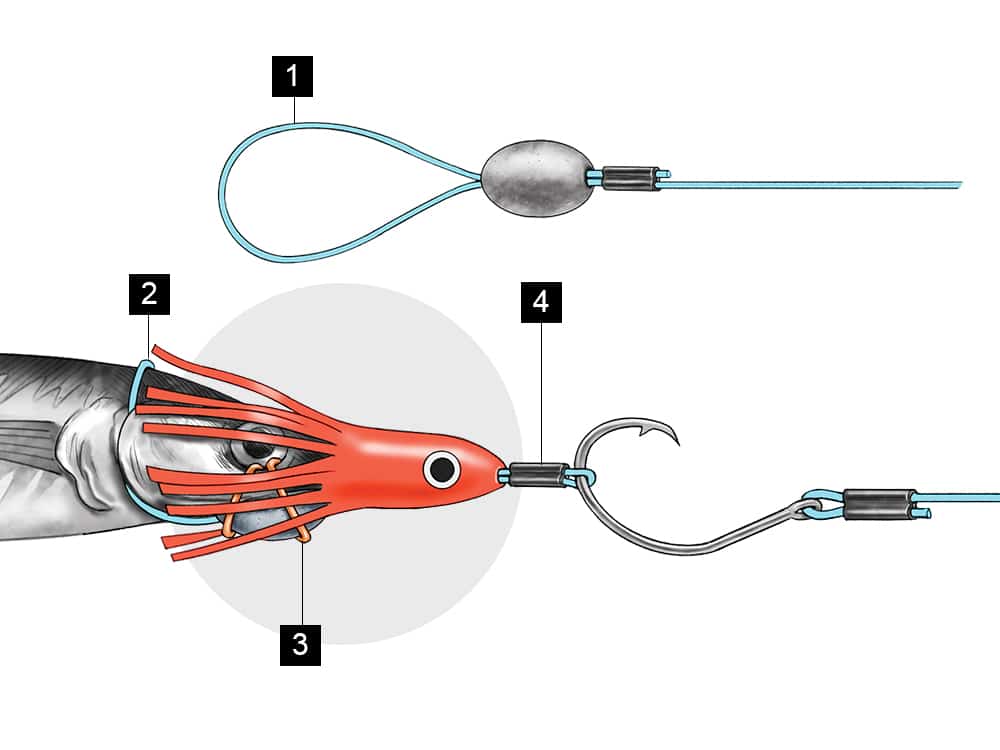
Form a trailer loop of 100- to 300-pound mono just large enough to fit over the ballyhoo’s head, then pull the loop forward under the gill plates. Next, slide an egg sinker over both legs of the loop and crimp them together to lock all in place. Slip a lure head or skirt onto the trailer, then crimp the trailer to the bend of an in-line circle hook. Fish this lure-ballyhoo-circle-hook combo as you would a more traditional circle-hook trolling rig, complete with drop-backs.
How It’s Done
- Form a trailer loop of 100- to 300-pound mono just large enough to fit over the ballyhoo’s head.
- Pull the loop forward under the gill plates.
- Secure egg sinker with dental floss or wire and wrap through eye socket.
- Thread mono through skirt and crimp to hook bend.
Short-Shank Rig Ballyhoo Rig
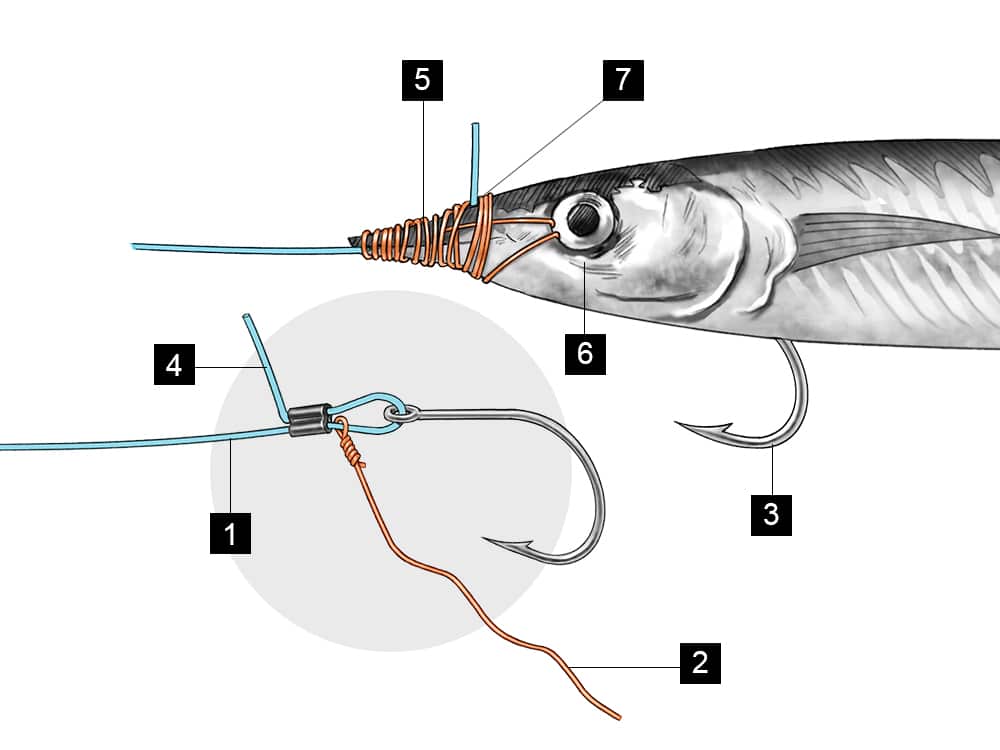
Primarily a skipping bait for dolphin and tuna, this rig makes the hook less visible and places it at the throat of the ballyhoo for increased action. The short-shank hook may also provide less leverage for fish to throw it. It’s also a good pitch-bait setup for dolphin. Leaders and hooks are generally scaled down when rigging this way. Adding a skirt or small-diameter lure head also goes a long way in enhancing the rig’s sleekness because it further hides the hook.
How It’s Done
- Be sure to scale down the leader diameter when crimping on a hook.
- Attach monel or copper wire to loop before the hook.
- Thread on the ballyhoo, with the hook emerging near the ballyhoo head.
- Leader tag passes through both jaws, out top of the ballyhoo.
- Break off bill and bind jaws to leader with wire.
- Wrap wire through eye socket.
- Clip leader tag when finished.
The Diving Ballyhoo Rig
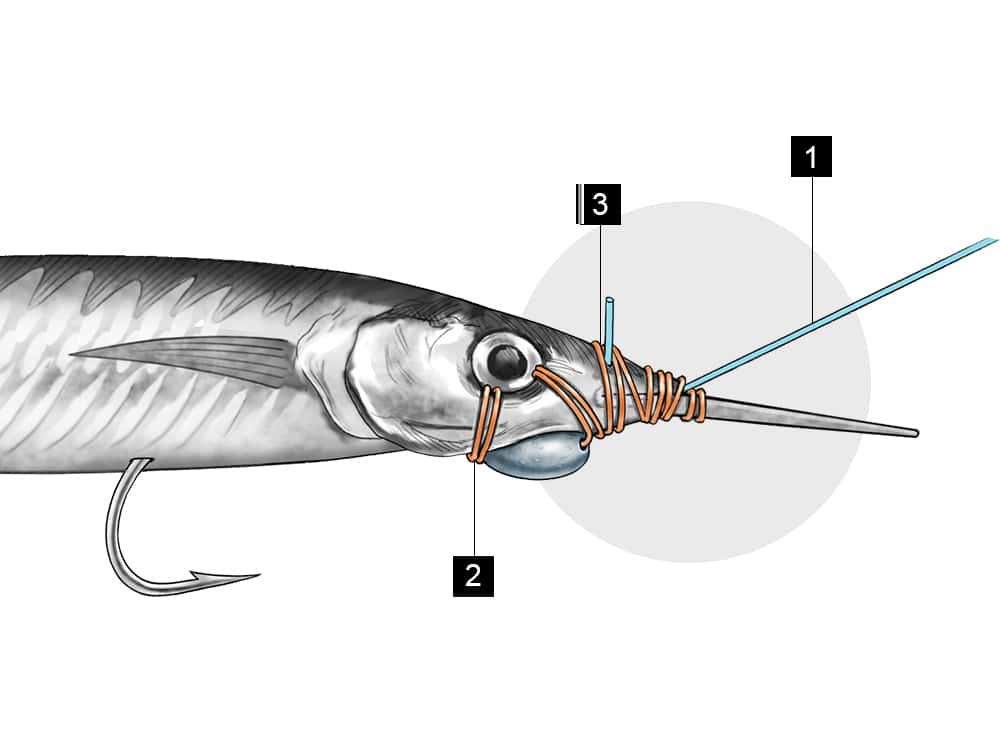
This variant makes the bait swim beneath the surface. Add an egg sinker under the chin, split the bill with a knife, then pull the leader up through the split. Wrap the rigging wire around the base of the bill, then twice in front of the leader, and wrap back and finish behind the leader. This creates a diving lip, which with the chin weight, keeps the bait subsurface.
How It’s Done
- Leader passes through split bill.
- Secure egg sinker with wire wrapped through eye socket.
- Clip leader tag when finished


